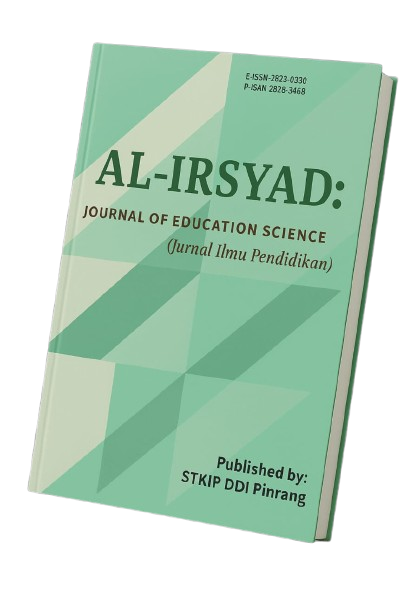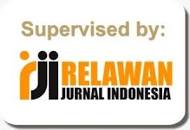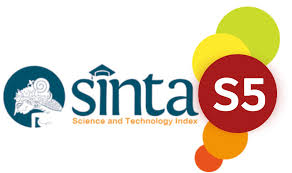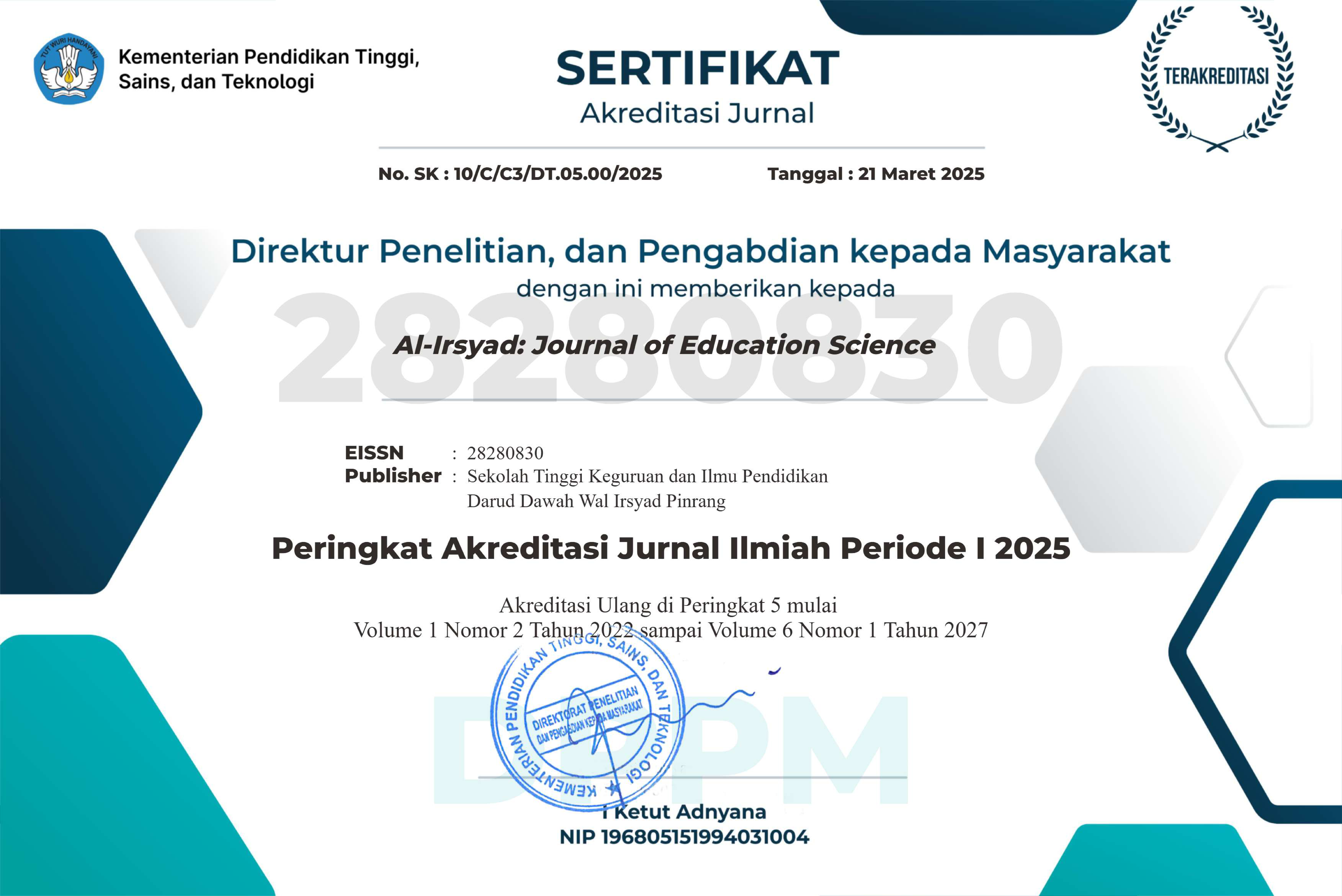ANALYZING TEACHING AND LEARNING INTERACTIONS IN ONLINE AND OFFLINE MODES AT TOMAKAKA UNIVERSITY
DOI:
https://doi.org/10.58917/aijes.v4i2.343Kata Kunci:
Blended Learning, Higher Education, Online Interaction, Student Engagement, Teaching CommunicationAbstrak
This study investigates the differences in teaching and learning interactions among university students in online and offline learning environments, focusing on students from the Faculty of Teacher Training and Education at Universitas Tomakaka, Indonesia. The study was motivated by the emerging need to evaluate how communication patterns and engagement are affected by instructional modalities in the post-pandemic context. Using a mixed-method approach, including questionnaires and semi-structured interviews with 50 randomly selected students, this research explores interactional dynamics and identifies existing gaps in current literature regarding rural-based blended learning practices. The results indicate that offline learning fosters stronger student–lecturer and peer–peer interaction due to richer nonverbal cues and immediacy of feedback, while online learning shows limited engagement, especially in rural settings. However, some students reported higher comfort and participation in digital settings due to reduced social pressure. The study concludes that a blended learning approach, supported by interactive tools and digital training, may optimize communication and inclusiveness. These findings have practical implications for improving instructional design, especially in under-resourced educational institutions, and highlight the importance of digital infrastructure and pedagogical capacity building in enhancing learning interaction.
Referensi
Agustina, R., Gusti, M. M., & Karmizi, Y. (2024). Online Offline Language Learning: Based on Indonesian Students’ Perspective (Experience or Engagement) at STKIP Muhammadiyah Sungai Penuh. EDU RESEARCH, 5(3), 787–796. https://doi.org/10.47827/jer.v5i3.451
Alhamuddin, A., & Zebua, R. S. Y. (2021). Perceptions of Indonesian Students on the Role of Teachers in Offline and Online Learning During the Covid-19 Pandemic Period. Jurnal Kependidikan: Jurnal Hasil Penelitian Dan Kajian Kepustakaan Di Bidang Pendidikan, Pengajaran Dan Pembelajaran, 7(4), 834–844. https://doi.org/10.33394/jk.v7i4.3881
Ali, S. M., Hasanah, N., Enni, E., & Amir, H. S. (2023). Improving the Students’ Ability in Writing Text by Using Realia at Madrasah Aliyah DDI. International Journal of Multicultural and Multireligious Understanding, 10(10), 20–28. http://dx.doi.org/10.18415/ijmmu.v10i10.5083
Arifani, Y., Suryanti, S., Wicaksono, B. H., Inayati, N., & Setiawan, S. (2020). EFL Teacher Blended Professional Training: A Review of Learners’ Online and Traditional Learning Interactions Quality. 3L: Southeast Asian Journal of English Language Studies, 26(3). http://doi.org/10.17576/3L-2020-2603-10
Arisman, R., & Hasanah, N. (2023). Writing Self-Efficacy: Types, Level, and Relationship on Writing Anxiety on Secondary Islamic School Learners. Proceeding: International Conference on Islamic Studies, Education and Civilization (ICONIS), 1(2), 210–217.
Balula, A., & Moreira, A. (2014). Evaluation of Online Higher Education: Learning, Interaction and Technology. Springer.
Bender, T. (2023). Discussion-Based Online Teaching to Enhance Student Learning: Theory, Practice and Assessment. Taylor & Francis. https://doi.org/10.4324/9781003444282
Bognar, B., Gajger, V., & Ivic, V. (2015). Constructivist E-Learning in Higher Education. Online Submission. https://eric.ed.gov/?id=ED556035
Braun, V., & Clarke, V. (2006). Using Thematic Analysis in Psychology. Qualitative Research in Psychology, 3(2), 77–101. https://doi.org/10.1191/1478088706qp063oa
Creswell, J. W. (2021). A Concise Introduction to Mixed Methods Research. Sage Publications.
Creswell, J. W., & Clark, V. L. P. (2017). Designing and Conducting Mixed Methods Research. Sage Publications.
Dixson, M. D. (2015). Measuring Student Engagement in the Online Course: The Online Student Engagement Scale (OSE). Online Learning, 19(4), n4. https://doi.org/10.24059/olj.v19i4.561
Enni, E., Hasanah, N., & Ali, S. M. (2024). Empowering Reading Comprehension in EFL Vocational School Students through Folktale. JELITA, 5(1), 19–27. https://doi.org/10.56185/jelita.v5i1.596
Etikan, I., Musa, S. A., & Alkassim, R. S. (2016). Comparison of Convenience Sampling and Purposive Sampling. American Journal of Theoretical and Applied Statistics, 5(1), 1–4. https://doi.org/10.11648/j.ajtas.20160501.11
Fredricks, J. A., Blumenfeld, P. C., & Paris, A. H. (2004). School Engagement: Potential of the Concept, State of the Evidence. Review of Educational Research, 74(1), 59–109. https://doi.org/10.3102/00346543074001059
Gudoniene, D., Staneviciene, E., Huet, I., Dickel, J., Dieng, D., Degroote, J., Rocio, V., Butkiene, R., & Casanova, D. (2025). Hybrid Teaching and Learning in Higher Education: A Systematic Literature Review. Sustainability (Switzerland), 17(2), 756. https://doi.org/10.3390/su17020756
Gunawardena, C. N. (1991). Collaborative Learning and Group Dynamics in Computer-Mediated Communication Networks. Research Monograph of the American Center for the Study of Distance Education, 9, 14–24.
Hasanah, N., Ali, S. M., & Amir, R. M. (2024). Effectiveness of Contextual Guessing Strategy on Reading Comprehension in Indonesian EFL Pre-University Students: A Mixed-Methods Study. JELITA, 5(2), 325–334. https://doi.org/10.56185/jelita.v5i2.744
Hasanah, N., Noviasmy, Y., Fauziatulhaq, M., Zarimah, N., & Sulawesi, S. (2024). Optimizing Speaking Proficiency in Indonesian EFL Higher Education: A Pedagogical Intervention Using the IELTS Question Framework. IDEAS: Journal on English Language Teaching and Learning, Linguistics and Literature, 12(2), 2061–2074. https://doi.org/10.24256/IDEAS.V12I2.5750
Jongsma, M. V., Scholten, D. J., van Muijlwijk-Koezen, J. E., & Meeter, M. (2023). Online Versus Offline Peer Feedback in Higher Education: A Meta-Analysis. Journal of Educational Computing Research, 61(2), 329–354. https://doi.org/10.1177/07356331221114181
Kassam-Remtulla, A. (2020). When Schools Reopen, Don’t Ditch Online Learning. https://www.wired.com/story/opinion-when-schools-reopen-dont-ditch-online-learning/
Kristianto, H., & Gandajaya, L. (2023). Offline vs Online Problem-Based Learning: A Case Study of Student Engagement and Learning outcomes. Interactive Technology and Smart Education, 20(1), 106–121. https://doi.org/10.1108/ITSE-09-2021-0166
Lucas, M., & Vicente, P. N. (2023). A Double-Edged Sword: Teachers’ Perceptions of the Benefits and Challenges of Online Teaching and Learning in Higher Education. Education and Information Technologies, 28(5), 5083–5103. https://doi.org/10.1007/s10639-022-11363-3
Nasution, N., Darmayunata, Y., & Wahyuni, S. (2022). Information System Design for Monitoring and Evaluation of Learning on Blended Learning. AL-ISHLAH: Jurnal Pendidikan, 14(2), 1633–1644. https://doi.org/10.35445/ALISHLAH.V14I2.1368
Noviasmy, Y., Hasanah, N., & Dalle, A. (2023). Applying Quizizz Application as an Assessment Tool for EFL Students. Inspiring: English Education Journal, 6(1), 12–22. https://doi.org/10.35905/inspiring.v6i1.4835
Peungcharoenkun, T., & Waluyo, B. (2024). Students’ Affective Engagements in Peer Feedback Across Offline and Online English Learning Environments in Thai Higher Education. Asian-Pacific Journal of Second and Foreign Language Education, 9(1), 1–22. https://doi.org/10.1186/s40862-024-00286-w
Rachmah, N. (2020). Effectiveness of Online vs Offline Classes for EFL Classroom: A Study Case in a Higher Education. Journal of English Teaching, Applied Linguistics and Literatures (JETALL), 3(1), 19–26. http://dx.doi.org/10.20527/jetall.v3i1.7703
Setyaningsih, E. (2022). Returning to Offline Teaching and Learning: What It Means for Indonesian Students and Teachers. Academic Journal Perspective: Education, Language, and Literature, 10(2), 82–91. https://doi.org/10.33603/perspective.v10i2.7220
Stahl, G. (2016). Essays in Computer-Supported Collaborative Learning (Vol. 9). Lulu.com.
Trang, H. N. (2022). The Effects of Peer Feedback on EFL Students’ Writing Performance. Vietnam Journal of Education, 6(2), 123–136. https://doi.org/10.52296/vje.2022.185
Tu, C. H., & McIsaac, M. (2002). The Relationship of Social Presence and Interaction in Online Classes. International Journal of Phytoremediation, 21(1), 131–150. https://doi.org/10.1207/S15389286AJDE1603_2
Vlachopoulos, D. (2022). How the “Lessons Learned” from Emergency Remote Teaching Can Enrich European Higher Education in the Post-COVID-19 Era. Higher Learning Research Communications, 12, 7. https://doi.org/10.18870/hlrc.v12i0.1357
Widyandana, W., Izzah, N., Utomo, P. S., & Claramita, M. (2024). Medical Students Preference in Blended Learning after Covid-19 Pandemic: Online vs Offline. Jurnal Pendidikan Kedokteran Indonesia: The Indonesian Journal of Medical Education, 13(4), 289–298. https://doi.org/10.22146/jpki.98044
Wu, D., & Hiltz, S. R. (2004). Predicting Learning from Asynchronous Online Discussions. Journal of Asynchronous Learning Networks, 8(2), 139–152. https://doi.org/10.24059/olj.v8i2.1832
Yough, M., Merzdorf, H. E., Fedesco, H. N., & Cho, H. J. (2019). Flipping the Classroom in Teacher Education: Implications for Motivation and Learning. Journal of Teacher Education, 70(5), 410–422. https://doi.org/10.1177/0022487117742885
Unduhan
Diterbitkan
Cara Mengutip
Terbitan
Bagian
Lisensi
Hak Cipta (c) 2025 Gusnawati Honjong, Nurul Hasanah, Muhammad Ybnu Taufan, Syahban Mada Ali

Artikel ini berlisensi Creative Commons Attribution 4.0 International License.























